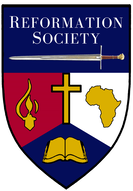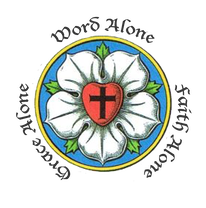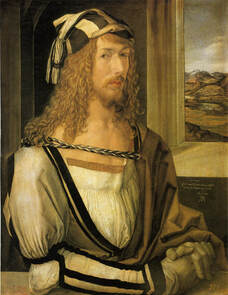 Albrecht Dürer was the oldest son and third of 18 children born to a goldsmith in Nuremberg, Germany. His father, Albrecht Dürer, the elder, worked hard in his precious metals business, but faced severe trials and suffered the loss of many of his children. Only three of his 18 children survived to adulthood. Yet Mr. Dürer was an honest man who trusted in God and handled his trials with courage and faith. His son, Albrecht wrote: “My father lived an honorable Christian life. He was a man patient of spirit, mild and peaceable to all, and very thankful toward God… He was a man of few words and a God fearing man… This man, my dear father, was very careful of his children to bring them up to love and honour God.” 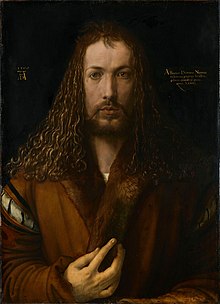 Albrecht was trained as an apprentice in his father’s goldsmith shop, but his longing was to be an artist. So, in 1486, his father sent Albrecht to study for three years at the studio of the famous Michael Wolgemuth. Then Dürer spent the following few years travelling from town to town with other artists to develop his craft. In Mainz, where just 35 years earlier, Johannes Gutenberg had invented the Printing Press, Dürer worked with the famous Erhard Reuwich, whose book Travels in The Holy Land was fully of sketches depicting the architecture, clothing and landscape of Israel. In 1494, Albrecht returned to Nuremberg and married the beautiful Agnes Frey. Together they spent the next 11 years in Nuremberg where Albrecht developed woodcut illustrations and copper plate engravings. In 1505 he travelled to Venice to study alongside some of the great Renaissance masters. 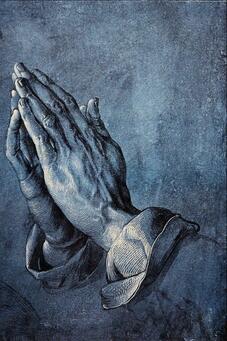 As Martin Luther launched his Reform, Dürer paid close attention. When Prince Frederick of Saxony sent Dürer one of Luther’s books in 1520, Dürer wrote to him and thanked him: “I pray and humbly beg that you will protect the praiseworthy Dr. Martin Luther for the sake of Christian truth. It matters more than all the riches and power of this world, for with time everything passes away; only the truth is eternal. And if God helps me to come to Dr. Martin Luther, then I will carefully draw his portrait and engrave it in copper for a lasting remembrance of this Christian man who has helped me out of great distress. And I beg your worthiness to send me as my payment anything new that Dr. Martin may write in German.” Dürer returned to the Netherlands in 1521 and spent the remaining years of his life in pursuit of his ministry in art, engraving, painting, devoting all of his work to various aspects of the life of Christ, the Resurrection and the last Day of Judgment. 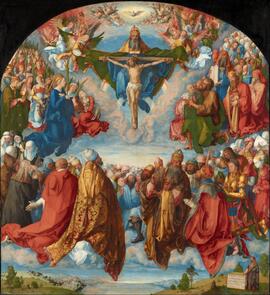 It is in part due to Dürer’s influence, and to the spiritual and intellectual character of Nuremberg, that it was the first free city to become officially Protestant. Dürer was also one of the first artists to publically identify with the Reformation. In his journel, Dürer describing Luther as: “enlightened by the Holy Ghost to be the continuer of the true Faith… he has suffered… for the Christian truth against the unchristian papacy, which works against the freedom of Christ, exacting from us our blood and sweat, therewith to nourish itself in idleness, while the people famish.” Dürer developed a special relationship with Philip Melanchthon. Dürer wrote: “No man can ever execute a beautiful pictire relying on his own imagination, unless he has stirred his mind from a study of Divine work in nature…the mysterious treasure welled up in the heart is made known by the man’s work – for the mind and the heart must be in union with the life and power of God, and then the artists hand will form that thing of beauty which is indeed a joy forever.” Dürer has provided the church with some of the most striking works representing the life and ministry of Christ in pictures. Clearly, Albrecht Dürer was a humble and dedicated Christian who loved the Saviour with all his heart. His art proclaims the greatest story ever told. “Declare His glory among the nations, His wonders among all peoples. The Lord is great and greatly to be praised…” 1 Chronicles 16:24-25 Dr. Peter Hammond The Reformation Society PO Box 74 Newlands, 7725 Cape Town, South Africa E-mail: [email protected] Web: www.ReformationSA.org 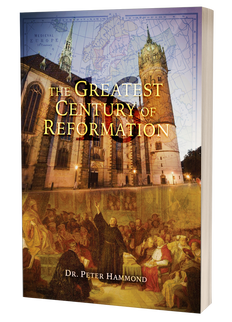 This article is taken from The Greatest Century of Reformation by Dr. Peter Hammond (288 pages, over 200 historic pictures and maps, 20 chapters and 16 appendices), available from Christian Liberty Books, PO Box 358, Howard Place 7450, Cape Town, South Africa, Tel: 021-689-7478, Fax: 086-551-7490, mail: [email protected] and Website: www.christianlibertybooks.co.za. Also available as an E-Book. Sources: Dürer: His Life and Works, by Moriz Thausing, 1882 The Hidden Dürer, by Peter Streider, 1978
0 Comments
Leave a Reply. |
History ArticlesCategories
All
Archives
May 2023
|
- Home
-
History Articles
- History Articles
- All Categories
- Character Studies
- Greatest Century of Missions
- Greatest Century of Reformation
- Reformation In Bohemia
- Reformation In England
- Reformation In France
- Reformation In Geneva
- Reformation In Germany
- Reformation In Italy
- Reformation In Scotland
- Reformation in Switzerland
- Victorious Christians
- Contemporary Articles
- Resources
- Contact
- Donate
|
The Reformation Society
PO Box 74, Newlands, 7725, South Africa Tel : (021) 689-4480 Email: [email protected] Copyright © 2022 ReformationSA.org. All rights reserved |
- Home
-
History Articles
- History Articles
- All Categories
- Character Studies
- Greatest Century of Missions
- Greatest Century of Reformation
- Reformation In Bohemia
- Reformation In England
- Reformation In France
- Reformation In Geneva
- Reformation In Germany
- Reformation In Italy
- Reformation In Scotland
- Reformation in Switzerland
- Victorious Christians
- Contemporary Articles
- Resources
- Contact
- Donate
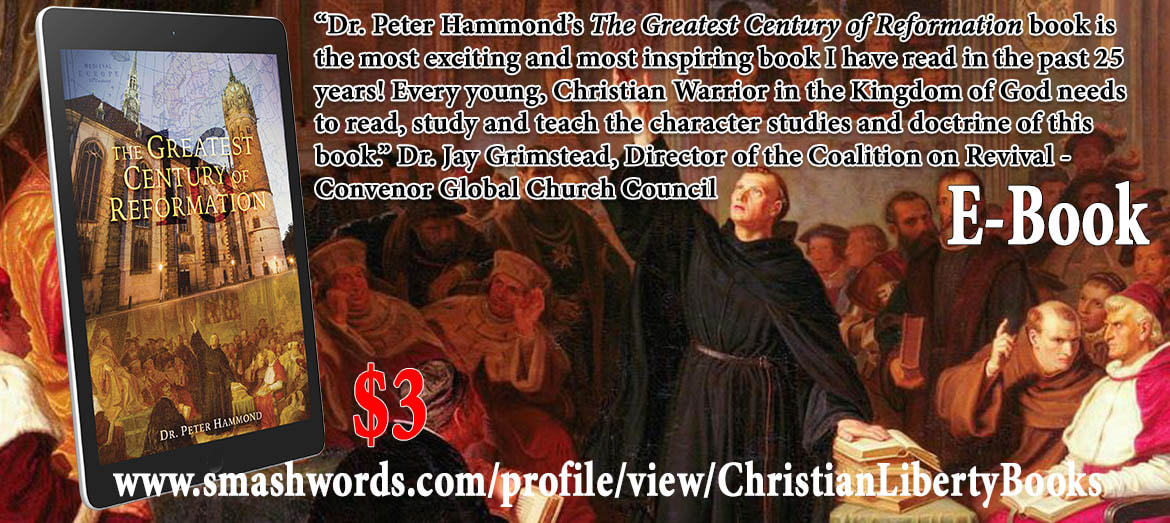
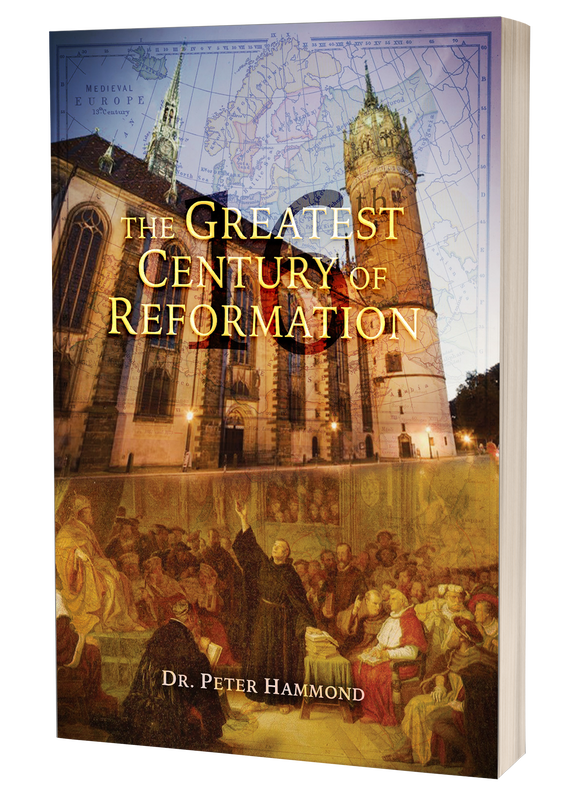
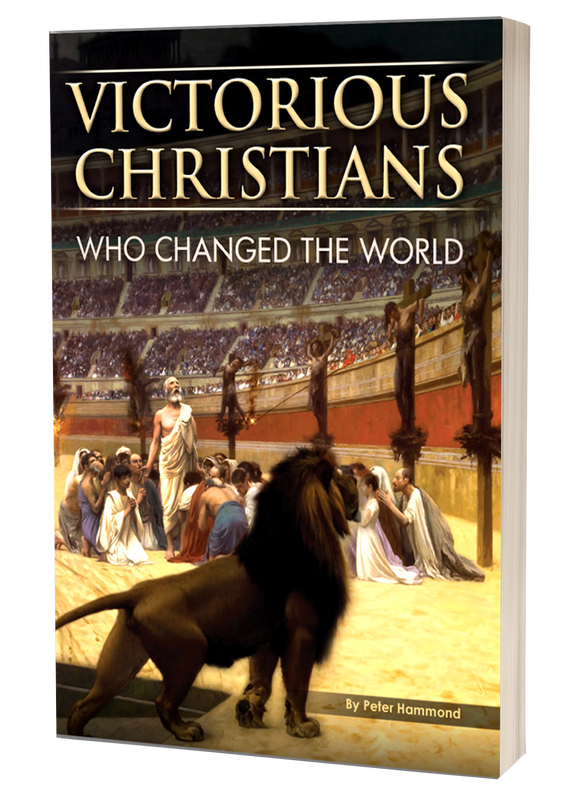
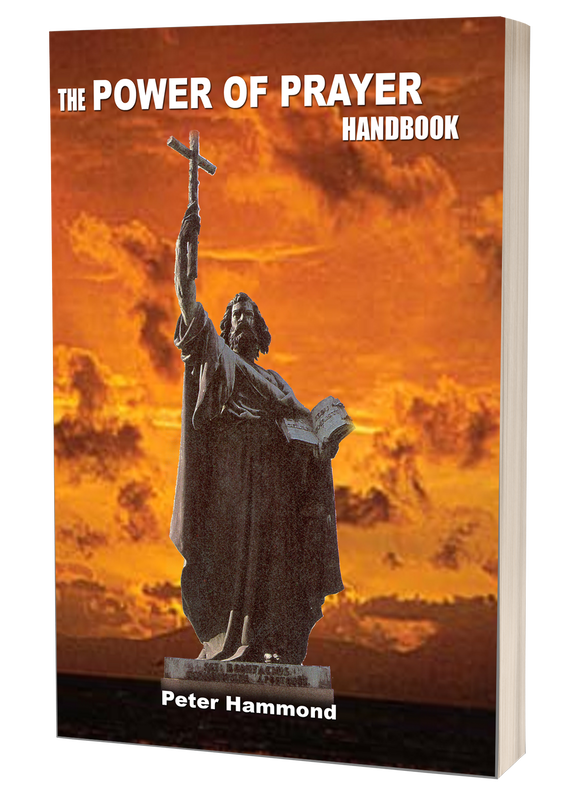
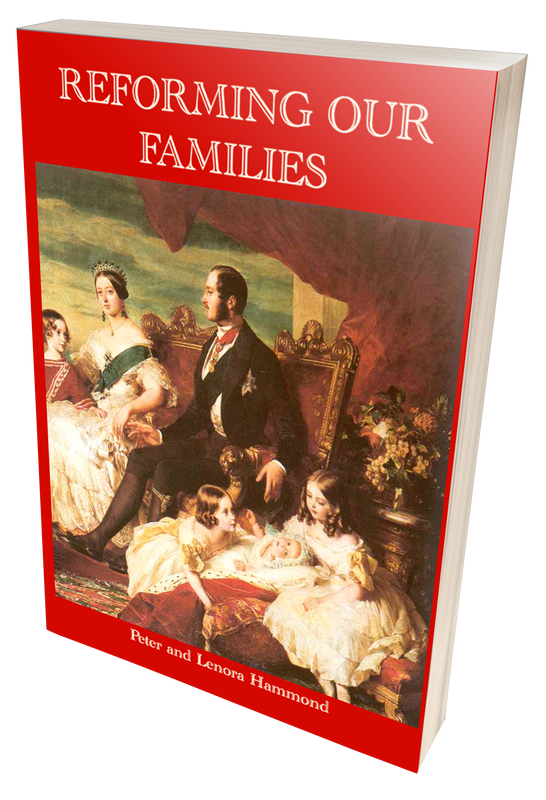
 RSS Feed
RSS Feed
